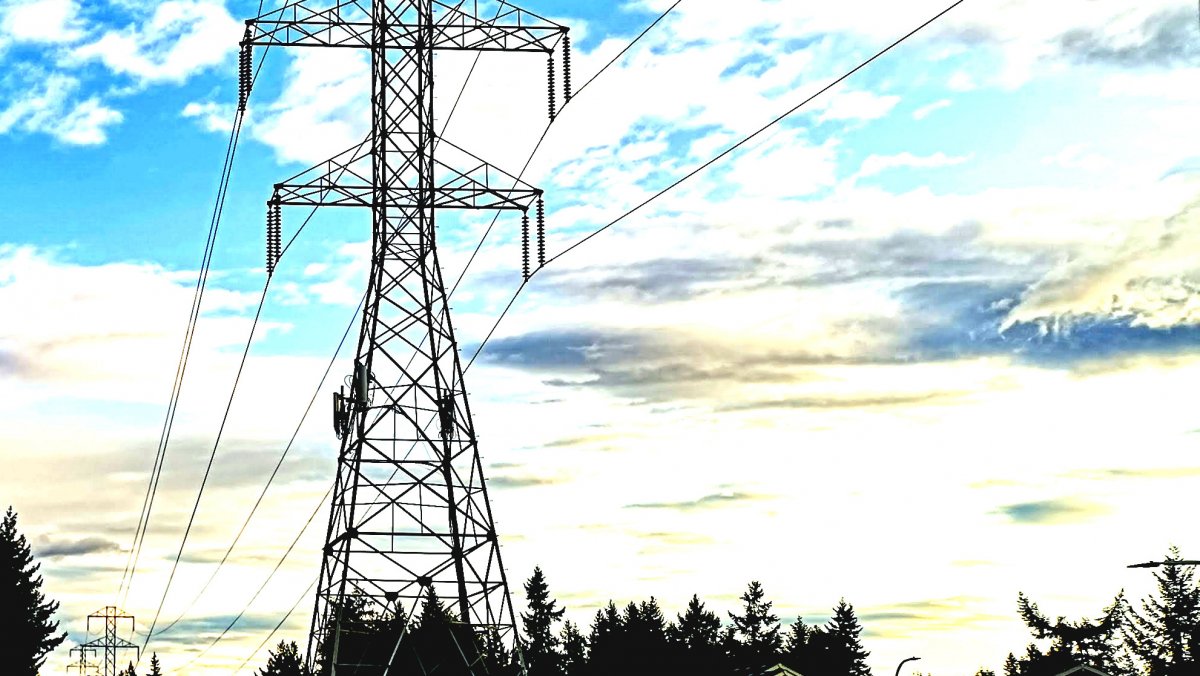The Federal Ministry for Economic Affairs and Climate Protection (BMWK) wants to bridge power gaps caused by dark lulls with a series of hydrogen-powered electricity plants that are in reserve but can be started up quickly. These are times when wind and solar power plants do not provide enough electricity due to lack of wind, clouds and darkness and when the grid can become unstable. The plan is part of the BMWK’s power plant strategy. The ministry has now agreed with the EU Commission on the key points for promoting this strategy. A consultation phase is now underway in which affected associations, manufacturers and operators of power plants, infrastructure and electrolysers can comment on the effects on competition and appropriate support measures.
Advertisement
The strategy calls for so-called sprinter power plants to be built as quickly as possible, which will initially provide 4.4 gigawatts of power by 2028. They will run on hydrogen from the start and will therefore be located near hydrogen production plants or at today’s liquefied natural gas terminals on the coast, which are already prepared for the switch to hydrogen.
Hydrogen hybrid power plants are planned for a further 4.4 gigawatts. These are integrated systems in which electrolyzers powered by wind or solar produce hydrogen and can also store it locally.
Finally, the third pillar are so-called H2-ready power plants, which initially run on gas but must be converted to hydrogen by 2035. They should then have a capacity of up to 15 gigawatts. In total, these almost 24 gigawatts should be enough to compensate for dark lulls.
Alternatives to bridge dark doldrums
However, experts are skeptical. They see smarter ways to address dark doldrums. To achieve this, the electricity market in particular must become much more flexible, automated and networked, with electricity prices varying over time. This alone can compensate for a large part of the power shortage, which often only lasts a few hours.
“What we need is for the prices to better represent the network situation,” says Andreas Löschel, professor at the Chair of Environmental, Resource Economics and Sustainability at the Ruhr University in Bochum. “That doesn’t exist at the moment. If it does, then only for large consumers, but not for smaller consumers, who often still pay fixed tariffs.”
But the other network components that affect the price of electricity also have to be adjusted. On the one hand, there are the flexible wholesale prices, the fluctuations of which are not passed on to private customers, and the network fees, which are not adjusted to consumption.
Patrick Jochem, head of the energy system analysis department at the Institute for Networked Energy Systems at the German Aerospace Center (DLR) in Stuttgart, goes one step further and considers smart meters to be essential in order to take advantage of variability. What’s more: “We need home energy management systems that then take over all the controlling of the load, for example when charging electric vehicles or heat pumps.” At the same time, he also points out that there is still a lack of experience to be able to estimate this flexibility. However, without expensive smart home equipment, it would be quite inconvenient for private consumers to adapt to current electricity prices.
Andreas Löschel can imagine delegating these activations and deactivations to so-called aggregators. These are people or companies who automatically register electricity prices and adapt consumption to household habits. “You then give up some decision-making power so that the aggregator can then take advantage of times when there is an abundance of electricity.” For example, if you want the car’s battery to be 80 percent charged in the morning, you could let the aggregator charge the car at the most convenient time.
Christian Rehtanz, head of the Institute for Energy Systems, Energy Efficiency and Energy Economics (ie3) at the Technical University of Dortmund, takes the thread even further: “Technologically, such an aggregator could be one of the IT tech giants. For example Amazon.” Its voice assistant Alexa knows how its surroundings behave, when the washing machine or dryer usually runs, and when the electric car needs to be charged. Using this information, Amazon could then offer energy management for households and then orchestrate millions of customers at the same time. For many consumers, however, this is likely to be a nightmare.
Investments in back-up power plants
But it won’t work without new power plants. It is unclear how systems that are only rarely switched on can be operated economically. There are no incentives in Germany to invest in such power plants. “When you talk to individual companies, they say: Yes, we would like to invest. Currently, these companies – large German power plant companies or insurance companies – are investing in other countries, in the USA, in Italy, because the market regulations there are different,” knows Deer dance.
That’s why he remains skeptical: “If we don’t massively accelerate something in this area by 2030, we will only see a few or no new gas power plants. And at the same time we will not have advanced automation, smart meters, flexibility, to such an extent that they “The potential for flexibility has been tapped. The consequence is that we will then not be able to take the coal-fired power plants out of the market.”
A lot can be saved through intelligent technology – as long as it doesn’t lead to rebound effects or increased consumption because electricity becomes cheaper.
(jl)
To home page
